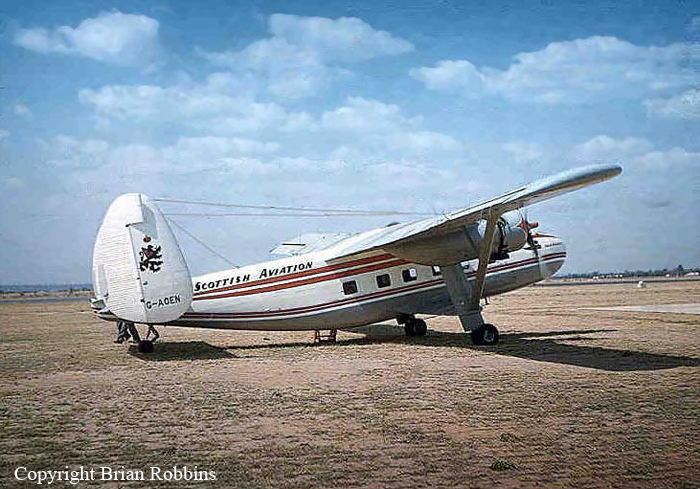Crash of an Antonov AN-32B in Luabo: 1 killed
Date & Time:
Nov 7, 2000
Registration:
ER-AFA
Survivors:
Yes
Schedule:
Luabo - Kinshasa
MSN:
3406
YOM:
1993
Crew on board:
6
Crew fatalities:
Pax on board:
5
Pax fatalities:
Other fatalities:
Total fatalities:
1
Circumstances:
During the takeoff roll at Luabo Airport, at a speed of 180 km/h, the crew noted severe vibrations coming from the nose gear. Decision was taken to abort the takeoff procedure. Unable to stop within the remaining distance (the Luabo paved runway is 1,000 metres long), the aircraft overran, lost its nose gear and came to rest 500 metres further in a cemetery, bursting into flames. The copilot was killed while 10 other occupants escaped with minor injuries.
Probable cause:
It was determined that one of the tyres on the nose gear burst during the takeoff roll.



